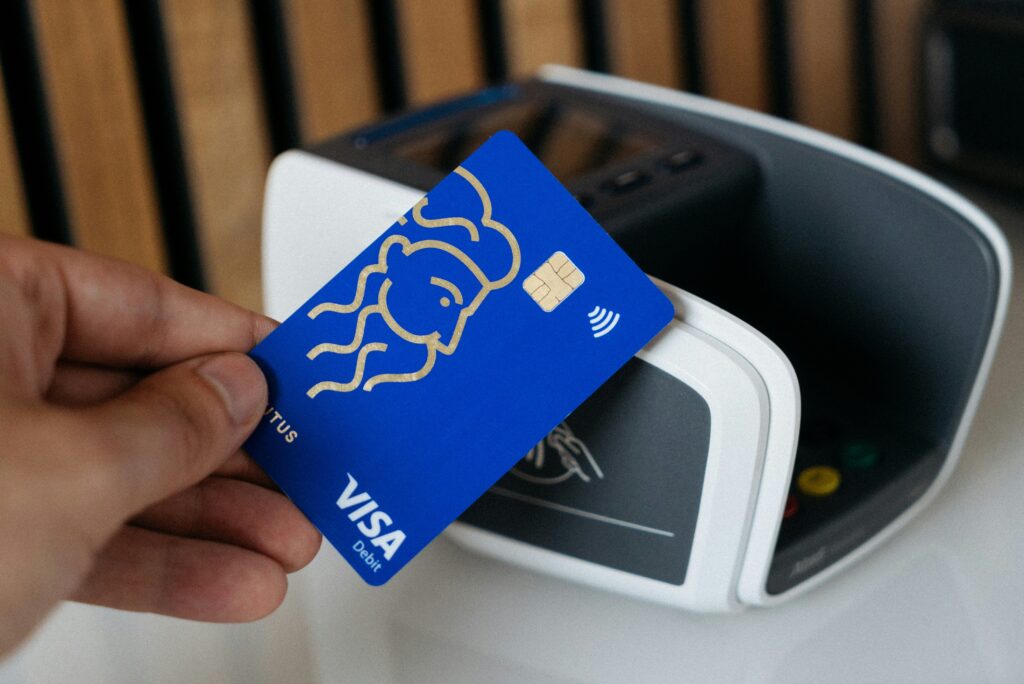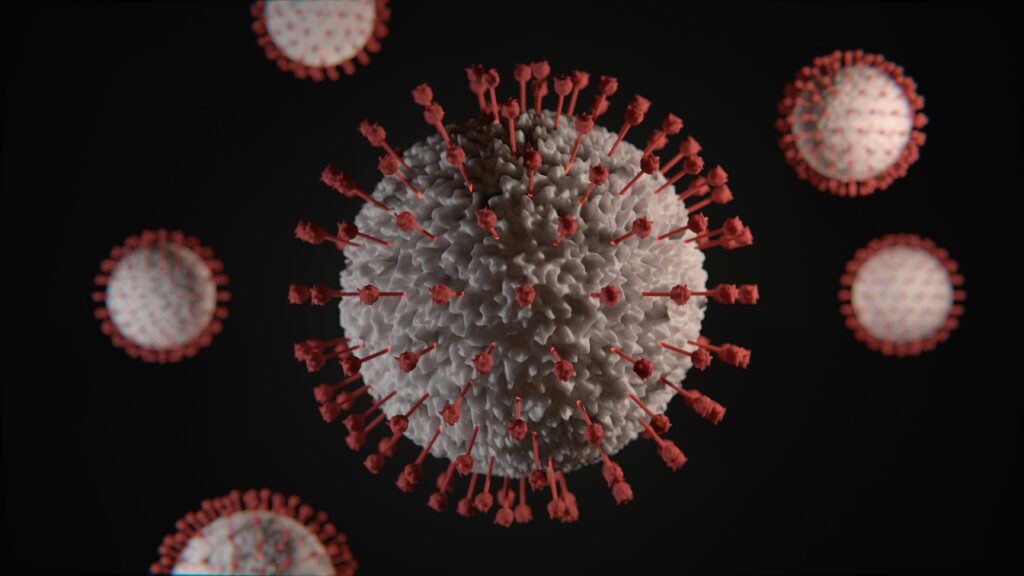McKinsey’s Associate Intern program is the firm’s flagship summer experience for MBA (and other master’s/graduate) candidates: 8–10 weeks embedded on client teams, hands-on problem solving, formal training, mentoring, and—if you perform well—a fast track to a full-time Associate role. In 2025 McKinsey continued running broad, campus-level recruiting across its global offices, meaning internships are available in dozens of cities worldwide (McKinsey lists 130+ offices across 65+ countries). If your headline said “72 cities,” that can be a useful shorthand for “many locations,” but McKinsey’s public office map shows an even larger global footprint. McKinsey & Company+1
Below is a practical, recruiter-tested guide to everything you need to know to find, win, and convert a McKinsey Associate Intern role in 2025 — written so you can act on it this recruiting season.
1) Quick snapshot — what the Associate Intern role is (and why it matters)
- Length & structure: Typically an 8–10 week summer placement (some longer business-analyst–style internships run 10–12 months in specific markets). Interns join client service teams to research, analyze, and co-design recommendations with senior consultants. The internship includes an initial training week and ongoing coaching. McKinsey & Company+1
- Who it’s for: Primarily MBA students (and other graduate students/early-career applicants depending on office needs). Undergrad/business-analyst style internships exist for other candidate pools. Hacking the Case Interview
- Why it matters: McKinsey treats internships as high-value evaluation windows; strong intern performance is often the most reliable pathway to a return offer for a full-time Associate position. Vault
2) Where: the global reach (and how to choose locations)
McKinsey has offices in 130+ cities across 65+ countries, spanning all regions. That means there are internship slots in many major business hubs (New York, London, Singapore, Dubai, Shanghai, Bogotá, Johannesburg, etc.) and in regional centers with specialized industry practices. If your goal is a geographically flexible career, McKinsey’s global footprint gives you options—but availability depends on each office’s project pipeline and hiring plan. Check the office page for location-specific openings and recruiter guidance. McKinsey & Company+1
How to pick an office:
- Career goal alignment: Industry focus (e.g., financial services, health, energy) differs by office—research which cities host your practice of interest.
- Lifestyle & visa: Consider visa rules if you’re an international candidate. Some offices sponsor more frequently than others.
- Network & conversion odds: If you want to maximize conversion to full time in a particular city, intern there—hiring tends to favor local experience and visibility.
3) Timeline & application windows (2025 recruiting rhythms)
Recruiting calendars vary by region, but 2025 followed the familiar pattern: early programs and events (Inspire, Early Access, Connect) in spring, applications open in late winter/spring for many markets, and final rounds through late spring/early fall depending on roll-out and candidate type. McKinsey runs targeted early-access and diversity programs for incoming MBAs and specific candidate pools—these are fast tracks into the intern pipeline and worth applying to if eligible. Always confirm deadlines on your school’s career office page and McKinsey’s careers portal. CaseBasixMcKinsey & Company
High-level timeline:
- Jan–Apr: Info sessions, virtual ‘Connect’ programs, application portals open in many regions.
- Mar–Jun: Initial screening, case practice, and first-round interviews.
- Apr–Aug: Final rounds and offers for most summer internships.
- Summer: Internship block (8–10 weeks); mid-program feedback and final assessment near the end. CaseBasixHacking the Case Interview
4) The selection funnel — what McKinsey evaluates (and how)
Typical stages you’ll face:
- Online application / resume screen — one page; highlight leadership, impact, analytics, team delivery, and clear alumni/referral links.
- Recruiter phone screen or written prompts — short motivation and fit check.
- Case interviews (1–2 rounds) — classic McKinsey problem-solving cases (structure, math, synthesis). Expect an interviewer-led case plus personal experience / behavioral questions.
- Final panel / office round — deeper case(s), role fit, and culture evaluation.
- Offer & acceptance — interns usually receive offers near the end of the interview cycle; McKinsey recruiters will clarify timelines. McKinsey & CompanyHacking the Case Interview
What McKinsey is testing:
- Structured problem solving & clear communication (framework + hypotheses → analysis → crisp recommendation).
- Analytical chops (mental math, data interpretation, multipliers).
- Leadership & impact stories (STAR examples showing you’ve influenced outcomes).
- Coachability & teamwork.
5) Day-to-day life as an Associate Intern — what you’ll actually do
Expect high-intensity, high-learning work:
- Sprints of analysis: digging into data, building financial models, performing market sizing and competitor analysis.
- Client interaction: co-creating presentations and attending client meetings — sometimes delivering findings directly.
- Team collaboration: pairing with consultants, leveraging research & data science teams, and contributing to decks that materialize into client actions.
- Training & feedback: an initial training week plus ongoing coaching and formal mid-point and final reviews to track your impact and development. McKinsey & CompanyHacking the Case Interview
Tips for standing out during the internship:
- Own a deliverable end-to-end (even if small).
- Communicate early and often; summarize progress and next steps weekly.
- Ask for clear success criteria in week 1 so managers can score your performance.
- Make your work reproducible: share clean slides, code/notebooks, and a handoff doc.
6) Compensation, perks & practicalities (what to expect)
McKinsey internships are competitively compensated, and packages often include salary, relocation support (if applicable), and access to firm resources (training, mentorship, social events). Published market guides and internship reports commonly list high mid-summer pay for McKinsey/Bain/BCG interns in major markets—treat any figure you read as a ballpark because pay varies by country and office. Confirm compensation and relocation terms during offer discussions with your recruiter. ExternVault
Other practical notes:
- Visa & relocation: Many offices will sponsor short-term work authorization for internships where local law requires; clarify early.
- Hybrid/virtual options: Since 2020 some offices offer hybrid arrangements—but McKinsey emphasizes in-office/client presence when projects demand it. Confirm logistics with your recruiter.
7) How to prepare — a 6-week action plan to maximize your chances
Weeks 1–2: Polish the basics
- Resume: one page (MBA), crisp bullets with metrics. Show leadership, teamwork, and outcomes.
- Referrals & networking: reach out to alumni and McKinsey consultants on LinkedIn for 15-minute informational chats; ask about office focus and typical intern projects.
Weeks 3–4: Case foundations
- Learn the interviewer-led case style: practice with a partner or coach. Focus on structuring the problem, doing clear math, and synthesizing 2–3 insights.
- Math drills: practice mental arithmetic (percent, multipliers, break-even). Use 20–30 minute daily drills.
Weeks 5–6: Mock interviews & stories
- Mock cases: 6–8 timed interviewer-led mocks with coach/peers. Record and review for clarity and structure.
- STAR stories: prepare 6 behavior stories (leadership, conflict, impact, failure + learning, teamwork, mentoring). Make them crisp and outcome oriented.
- Office research: research the specific office or practice you apply to—have 1–2 tailored reasons why you chose it.
Resources: McKinsey’s careers site and school recruiting programs (Inspire, Connect, Early Access) provide official prep materials and event invitations—attend those. McKinsey & CompanyCaseBasix
8) Common application mistakes (and how to avoid them)
- Mistake: using a generic resume.
Fix: tailor bullets to consulting impact language (quantify, show decision making). - Mistake: doing only interviewer-led or only candidate-led case practice.
Fix: practice the McKinsey interviewer-led style heavily—this is their core format. - Mistake: weak closing in cases (no recommendation).
Fix: always end with a 2–3 point recommendation + key risks and next steps. - Mistake: neglecting logistics & visa questions until late.
Fix: confirm visa support, relocation packages, and start dates early.
9) Conversion to full-time — what matters in the assessment
McKinsey’s final intern assessment focuses on:
- Impact & ownership (did you move a workstream forward?).
- Problem solving & intellectual horsepower (quality of analysis).
- Client skills (communication & presence).
- Fit & potential (leadership, coachability, and long-term potential).
Interns who get offers tend to have clear, documented contributions (slides used by a partner), strong feedback from project leads, and demonstrable collaboration with client teams. If conversion is your goal, document outcomes and ask managers for candid mid-intern feedback to iterate. McKinsey & Company
10) Diversity & early-access programs — fast tracks to consider
McKinsey runs several preparatory and inclusion programs (e.g., Early Access, Inspire, Connect) designed to educate and fast-track diverse or target candidate groups into internships or interview pipelines. These events also give early coaching, workshops, and visibility—apply where eligible. Participating raises your odds because you enter the funnel earlier and with some prior firm exposure. CaseBasixMcKinsey & Company
11) Sample email / outreach script to a McKinsey alum (short & effective)
Subject: quick 15-minute ask — MBA student interested in [Office/Practice]
Hi [Name],
I’m [Your name], an incoming MBA at [School]. I’m applying for McKinsey’s Associate Intern program in [Office] and would value 15 minutes to ask about typical intern projects and how best to prepare for the interviewer-led case format. I’ve completed [brief relevant credential or project]. Would you have 15 minutes next week? I’ll share a brief agenda in advance. Thanks — [Your name]
Tip: keep it short, show a single relevant credential, and propose a brief agenda.
12) Final checklist — apply with confidence
- One-page MBA resume with 6 impact bullets.
- 6 STAR behavioral stories written and memorized.
- 8–10 interviewer-led mock cases recorded and reviewed.
- 1–2 alumni conversations scheduled with people in your target office.
- Applied to the McKinsey office(s) that match your practice interest.
- Prepared questions for the recruiter about visa, relocation, pay, and intern mentoring.
Closing — why this internship can accelerate your career
An Associate Intern stint at McKinsey is an intense short course in problem solving, client management, and professional delivery. In 2025 the program remained a major feeder into full-time roles and provided exposure to high-impact projects across McKinsey’s extensive global network. Whether your goal is to join McKinsey long term or to use the internship as a career accelerator, preparation, clarity of goals, and strong execution during the internship are the levers that determine outcome. Use the firm’s official careers site, attend Early Access/Connect events, and practice the interviewer-led case method until it becomes second nature.




